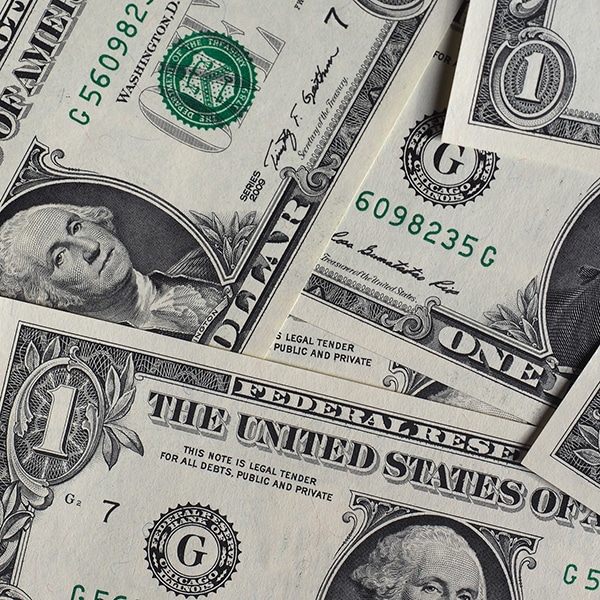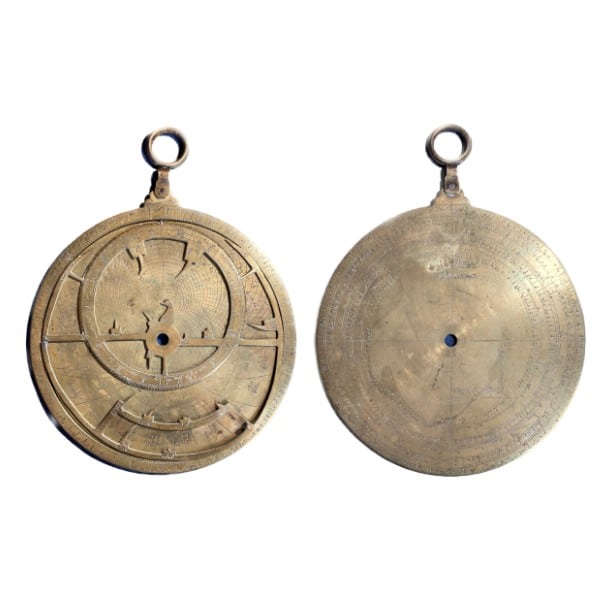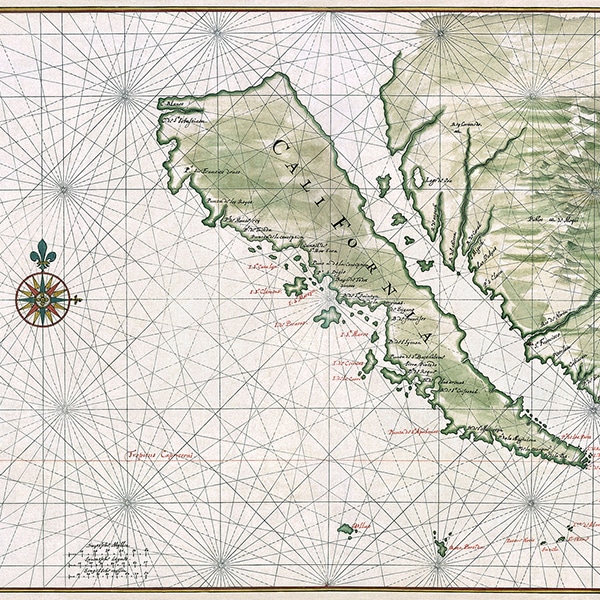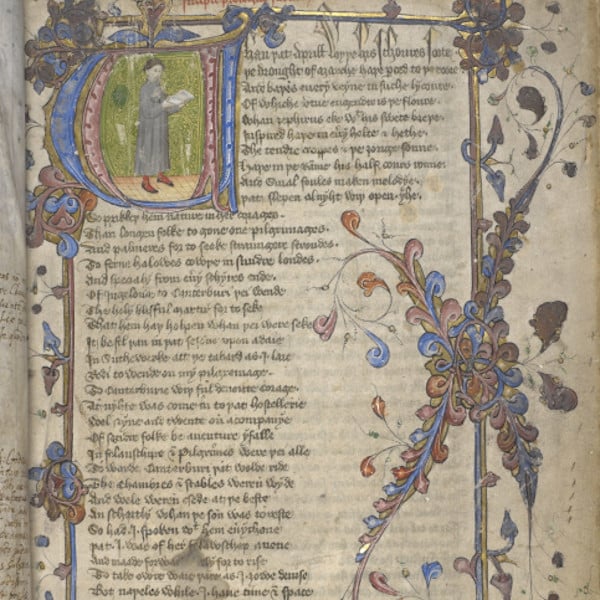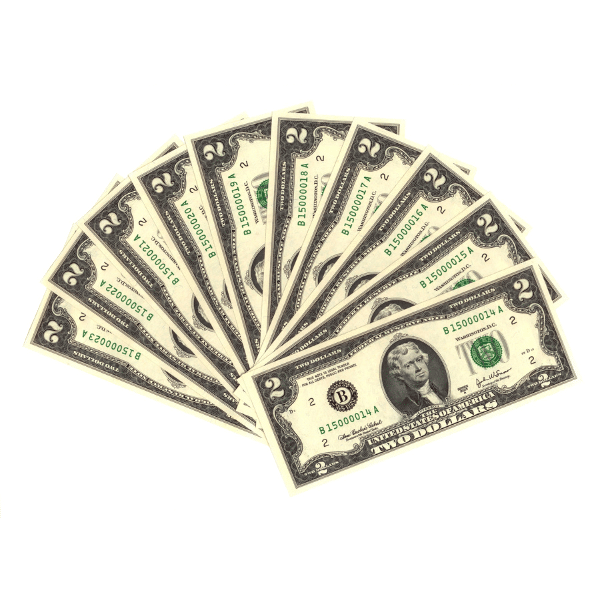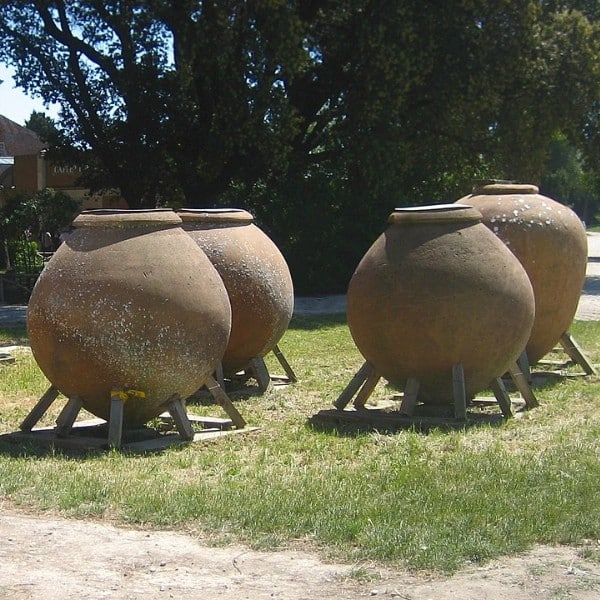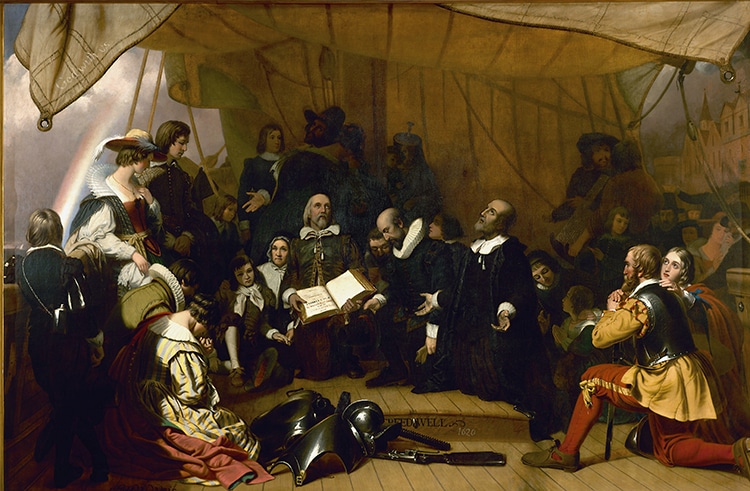
Robert W. Weir's 1844 painting imagines prominent Pilgrims aboard the Mayflower. (Photo: Wikimedia Commons, Public domain)
Are you a descendant of one of the passengers who crossed the Atlantic on the Mayflower over 400 years ago? Even if you aren't, you've probably met someone who has proudly told you that their ancestors hopped the pond in 1620. Despite being a long-time point of pride—and even class distinction for some New Englanders—the significance is still present in modern-day America. Estimates range as high as 35 million living Mayflower descendants, although the true number may be lower due to intermarriage. What is certain is that pure math is responsible for many humans around the world having famous ancestors, including Mayflower passengers and Genghis Khan.
Now, 21st-century DNA technology has given a scientific gloss to traditional genealogy, allowing scientists and average Americans to trace their lineage. Simple math means each one of us has 64 fourth great-grandparents, and 4,096 10th great-grandparents (barring intermarriage between ancestors). The further back one goes, the direct ancestors increase exponentially. Given 132 were aboard the Mayflower, and only 53 survived the first winter in their “new world,” the starting pool of Mayflower ancestors is rather small. However, over 400 years later and with ever-dropping infant mortality rates, the descendants definitely number in the millions now.
British mathematician Rob Eastaway explained to BBC why the 35 million estimates might be a bit too high. In short, Mayflower descendants likely married other descendants most of the time. This is called pedigree collapse. It tends to happen in all family trees, especially since in the past, marriages were often among smaller, even isolated populations. “My father-in-law discovered that their family is descended from Richard Warren,” Eastaway explains. “But not only that, they think that probably my wife and children are also descended from John Howland. So there's even an example of potential pedigree collapse in my own family.”
Eastaway's wife is descended from Mayflower passenger Richard Warren, who had seven children and 57 grandkids. His wife is also descended from John Howland, another passenger. This illustrates how the interbreeding of descendants “drastically” cuts against the total possible number. He estimates 30 million is a more accurate hard ceiling. In fact, the pedigree collapse was already visible in the early days of the colony: the children of the original settlers married each other and continued to marry and reproduce in a small population. Of course, the arrival of the Pilgrims was also part of a much larger genetic shift on the continent—the mass genocide of Indigenous peoples who faced new diseases and colonial violence. The story of Mayflower multiplication is one side of a dark coin and a narrative that often gets lost in proud chronicles of settler ancestors.
People in other areas of the world share similar fascinating genetic links. Famously, about 8% of modern men living in what was once the Mongol Empire (stretching from the Black Sea all the way across modern China) are descended from the 12th-century Khagan, or leader, Genghis Khan. The leader had seven wives, traveled widely, and had hundreds of concubines. His illegitimate children were likely numerous, and the DNA was passed down over generations. In fact, researchers have even speculated this is one of the earliest documented examples of similar reproduction based on social prestige.
In fact, there are only so many ancestors. A 2013 study discovered people of European ancestry share the same small set of ancestors. For example, they are probably all descendants of Charlemagne, the Holy Roman Emperor and French king who died in 814 CE. When lines of great-grandparents converge—meaning the math says more ancestors than actually existed—we've found the isopoint, and people begin to repeat in pedigree collapse. For those with recent European ancestors, this point is around 1000 CE. As DNA advances, we learn more about the way our ancestors mated and passed on their genes—kings, Khagans, and common Pilgrims alike.
Estimates for the number of Mayflower descendants range from 30 to 35 million people alive today.
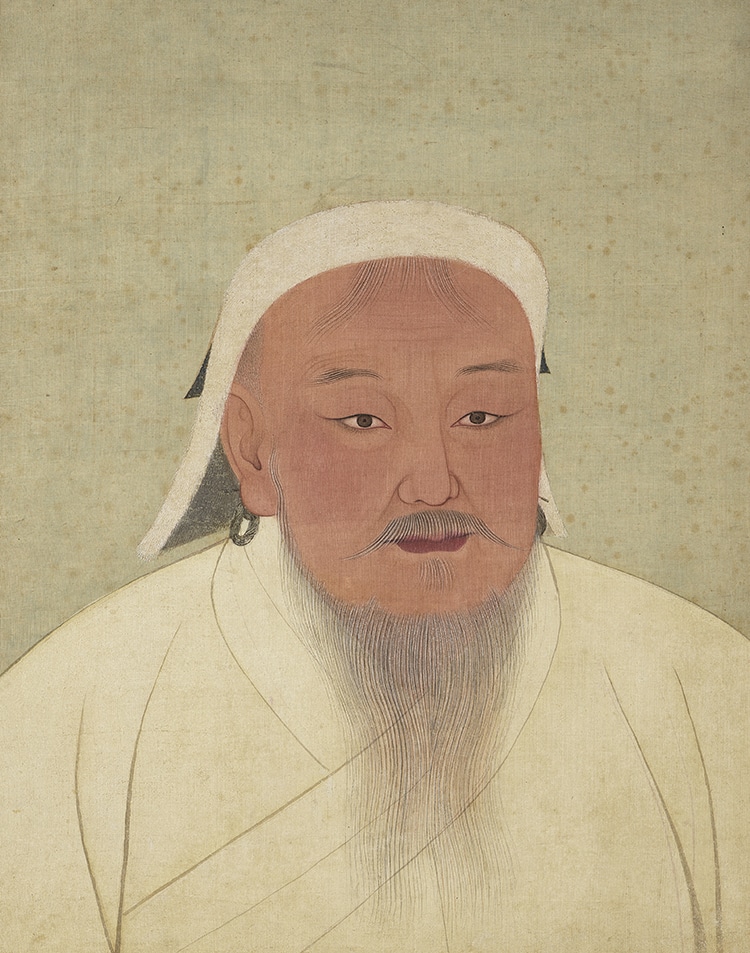
Genghis Khan, thought to be a direct ancestor of about eight percent of men in the region that once was the Mongol Empire, here pictured by a 14th-century artist. (Photo: Wikimedia Commons, Public domain)
h/t: [BBC]
Related Articles:
The National WWII Museum Dedicates Itself to Honoring America’s Role in the War
Who Was Ennigaldi-Nanna? Learn About the Woman Who Founded the World’s First Museum
These Are the World’s Oldest Languages Still Spoken Today
Why 1,200 Bone Pieces From 28 People Were Found in Benjamin Franklin’s Basement











































































